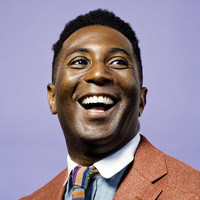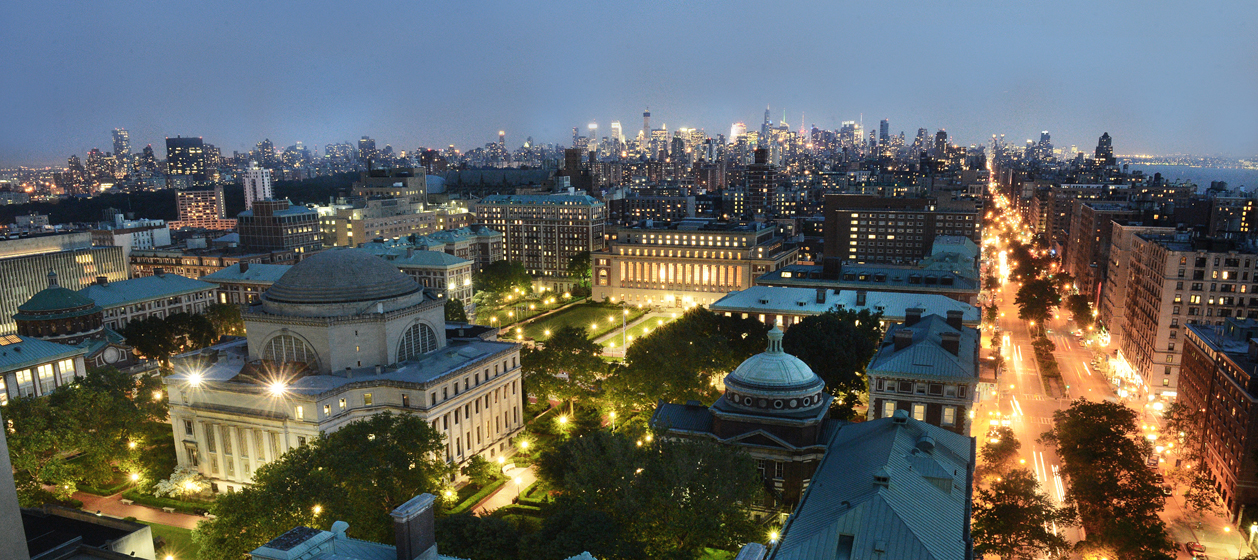Adrian Chen is a freelance journalist who has written for The New Yorker, The New York Times Magazine, and Wired. His latest article is "Unfollow," about a former member of the Westboro Baptist Church.
“Twitter and social media get such a bad rep for being full of hate and trolls. And, you know, a lot of the stories I’ve written have probably bolstered that stereotype. I think a lot of people have a lot of anxiety and ambivalence about social media even though they love it—they’re on it all the time—and they’re kind of thinking of it as a vice, as something they should be ashamed of, as bad. But this is a very clear win. It's not some abstract thing you could never measure. No, it’s like, [social media] really did cause her to leave the church.”
Thanks to MailChimp, Casper, Squarespace, Mack Weldon, and Howl.fm for sponsoring this week's episode.

















